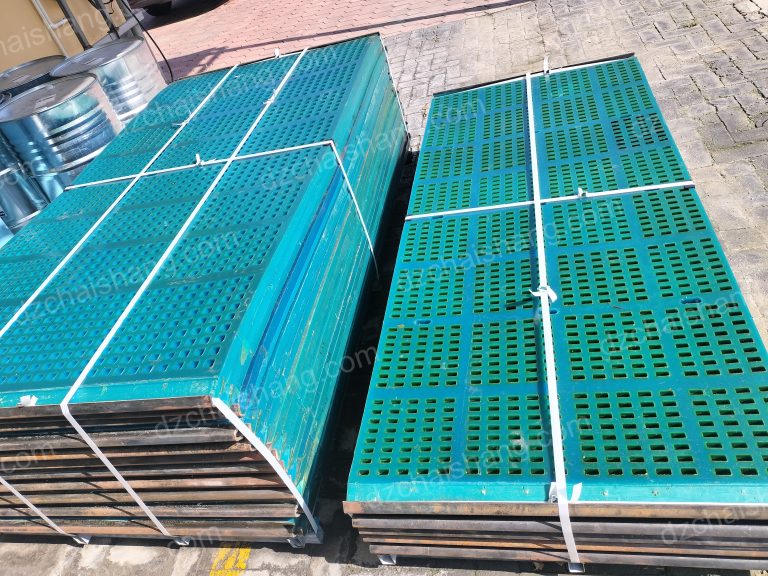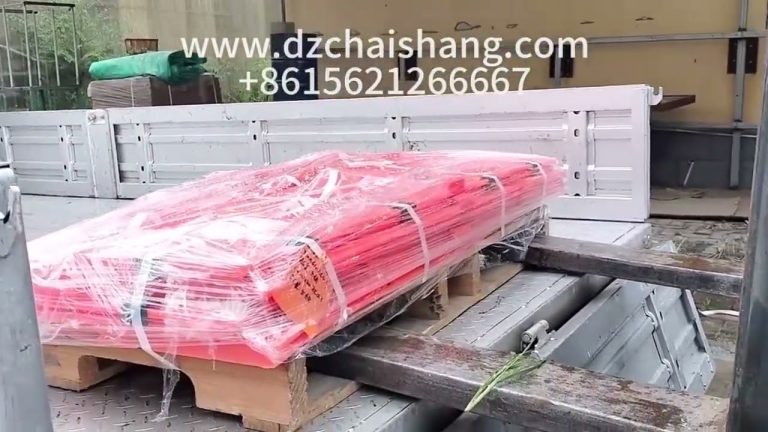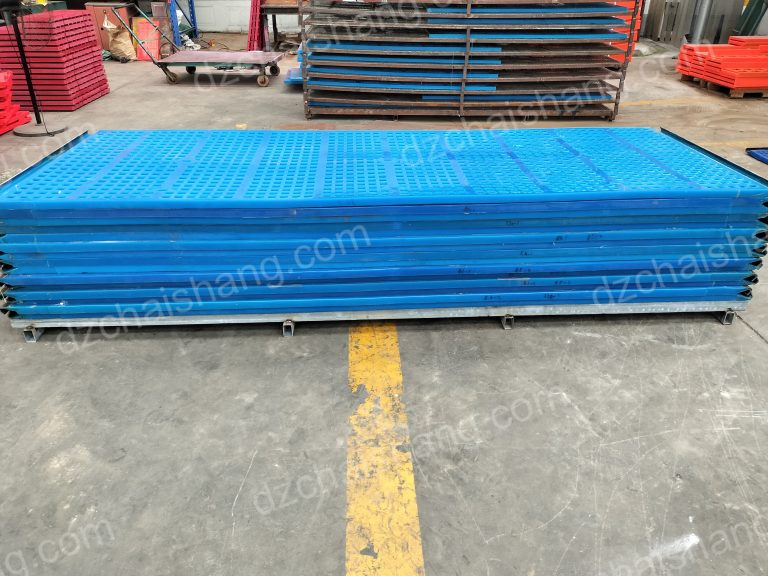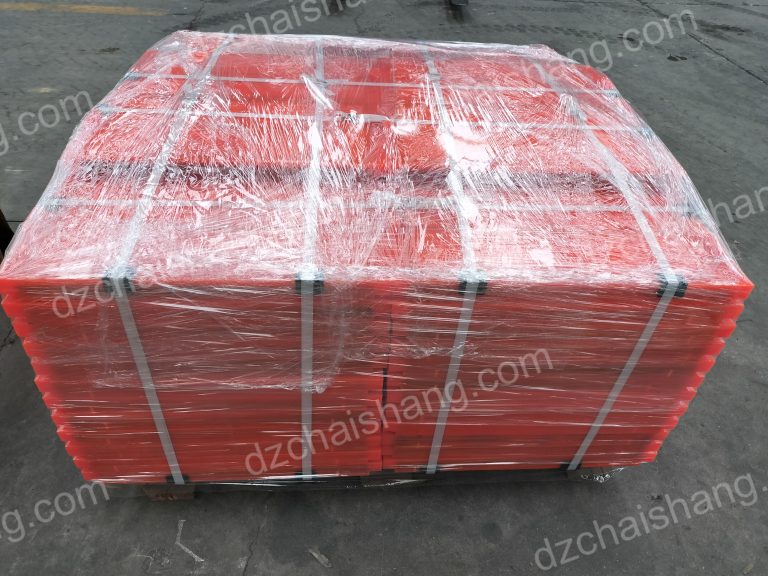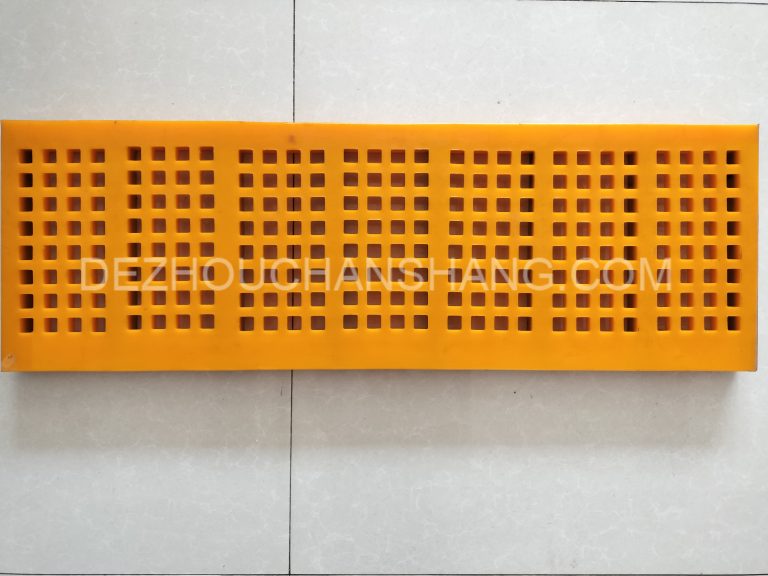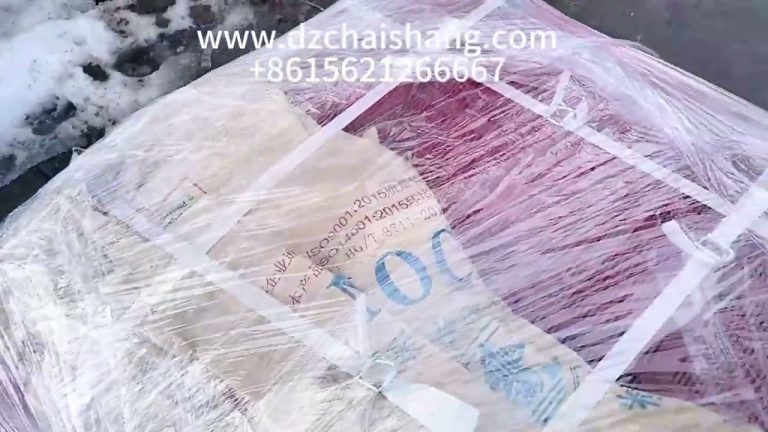The Use and Advantages of polyurethane dewatering screen
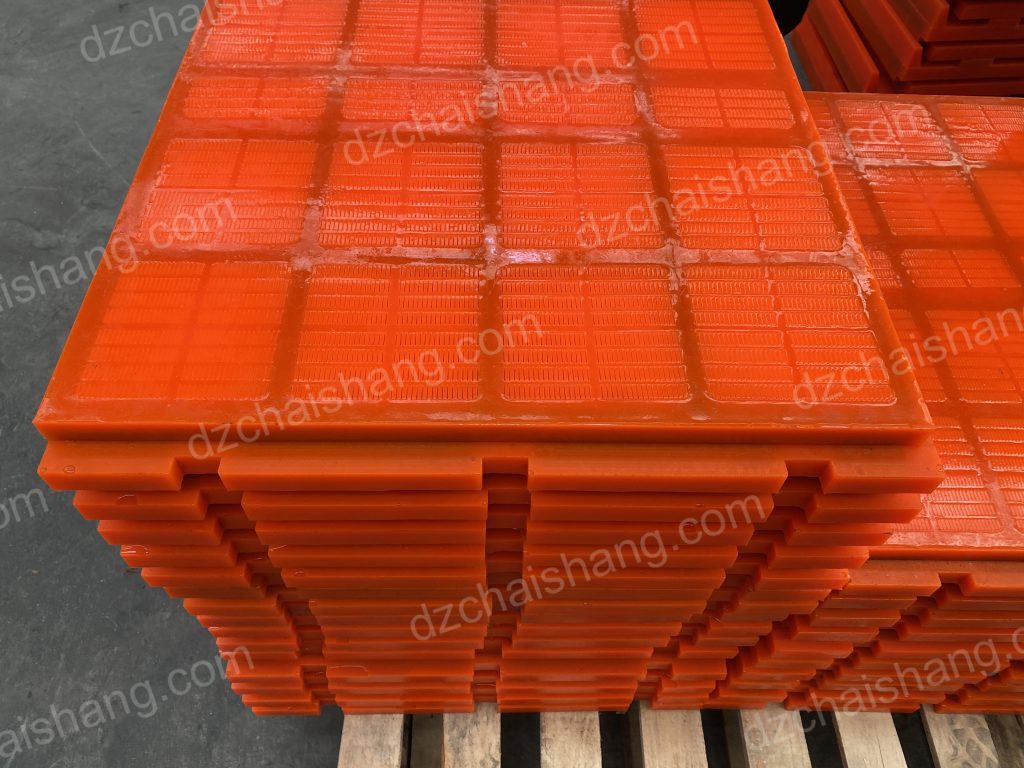
Polyurethane dewatering screens have become increasingly popular in various industries due to their numerous advantages over traditional screens. These screens are made from a durable and flexible material called polyurethane, which offers several benefits in terms of efficiency, durability, and cost-effectiveness.
One of the primary uses of polyurethane dewatering screens is in the mining industry. These screens are commonly used in the process of dewatering, which involves removing water from solid materials. In mining operations, water is often present in the ore or other materials being processed. By using polyurethane dewatering screens, miners can efficiently separate the water from the solids, allowing for easier handling and transportation of the materials.
The use of polyurethane dewatering screens in the mining industry offers several advantages. Firstly, these screens are highly efficient in removing water from the solids. The flexible nature of polyurethane allows for effective drainage, ensuring that the maximum amount of water is separated from the materials. This efficiency not only saves time but also reduces the energy required for the dewatering process.
Another advantage of polyurethane dewatering screens is their durability. These screens are designed to withstand the harsh conditions often encountered in mining operations. They are resistant to abrasion, corrosion, and impact, ensuring a longer lifespan compared to traditional screens. This durability translates into cost savings for mining companies, as they do not need to frequently replace worn-out screens.
Polyurethane dewatering screens also offer improved screening performance. The flexible nature of polyurethane allows for better screening efficiency, as the material can adapt to the shape and size of the particles being screened. This results in a more accurate separation of materials, leading to higher-quality products and reduced waste.
In addition to the mining industry, polyurethane dewatering screens are also used in other sectors such as construction, aggregate processing, and wastewater treatment. In construction, these screens are used to separate water from excavated materials, allowing for easier disposal or reuse of the materials. In aggregate processing, polyurethane dewatering screens are used to remove excess water from sand, gravel, and crushed stone, improving the quality of the final product.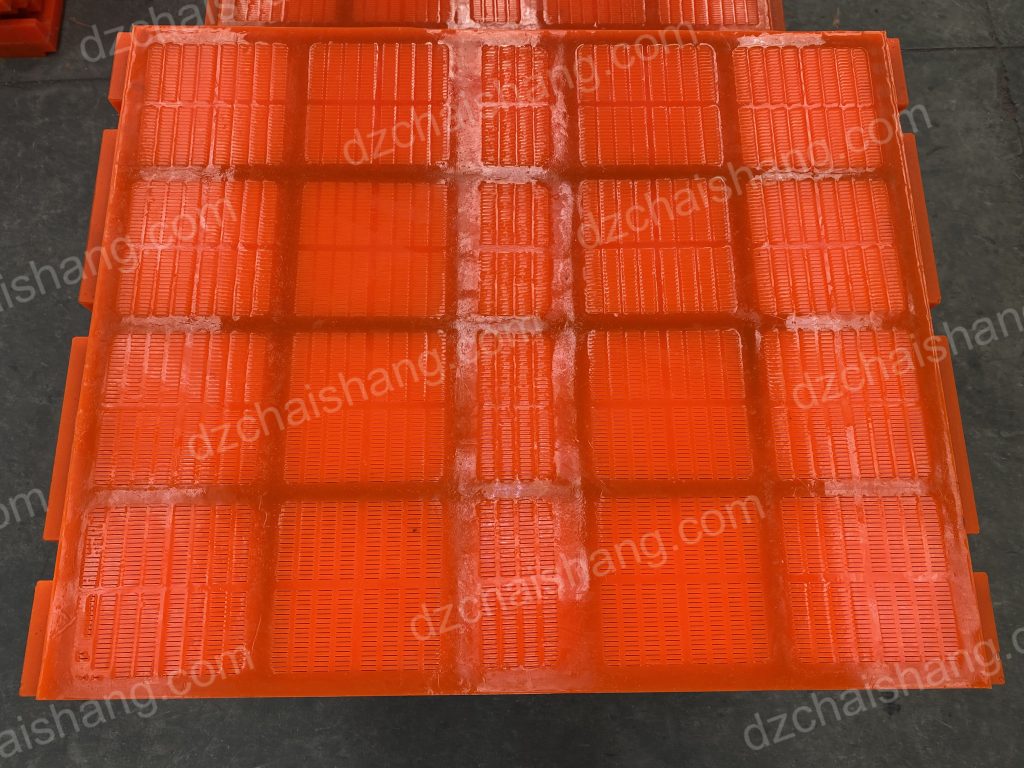
The use of polyurethane dewatering screens in wastewater treatment plants is also gaining popularity. These screens are used to separate solids from liquids, allowing for the efficient treatment and disposal of wastewater. The flexibility and durability of polyurethane make it an ideal material for this application, as it can withstand the corrosive nature of wastewater and provide efficient dewatering.
In conclusion, polyurethane dewatering screens offer numerous advantages over traditional screens in various industries. Their efficiency, durability, and improved screening performance make them a preferred choice for dewatering applications. Whether in mining, construction, aggregate processing, or wastewater treatment, polyurethane dewatering screens provide a cost-effective and reliable solution for separating water from solids. As industries continue to seek more efficient and sustainable processes, the use of polyurethane dewatering screens is likely to increase further in the future.

